Progressland exhibition presents objects of exploration at New York's Chamber gallery
Prehistoric tools, sci-fi memorabilia and a chandelier designed to look like the International Space Station feature in a New York exhibition that explores man's progress through designed objects (+ slideshow).
Chamber gallery in Chelsea is hosting the second major part of its Collection #2 series, curated by filmmaker and photographer Andrew Zuckerman.
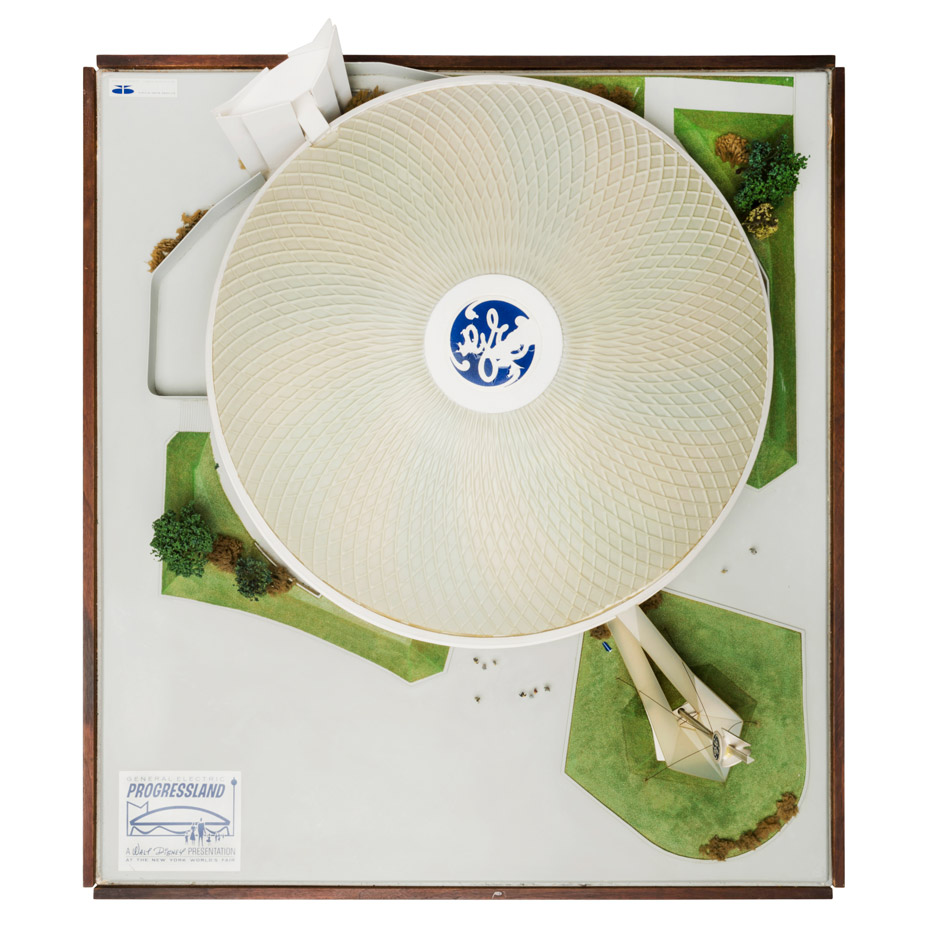
Titled Progressland, this is the final instalment of his year-long collaboration with the gallery and its founder Juan Garcia Mosqueda, which opened last week.
Zuckerman's first exhibition focused on man's primitive relationship to nature, and this follow-up surveys how humans have altered that relationship through exploration, pioneering and innovation.
"This [show] is about progress," he told Dezeen. "It's about how we pioneer, how we change the world around us – especially in relation to nature – and the ways that we do that."
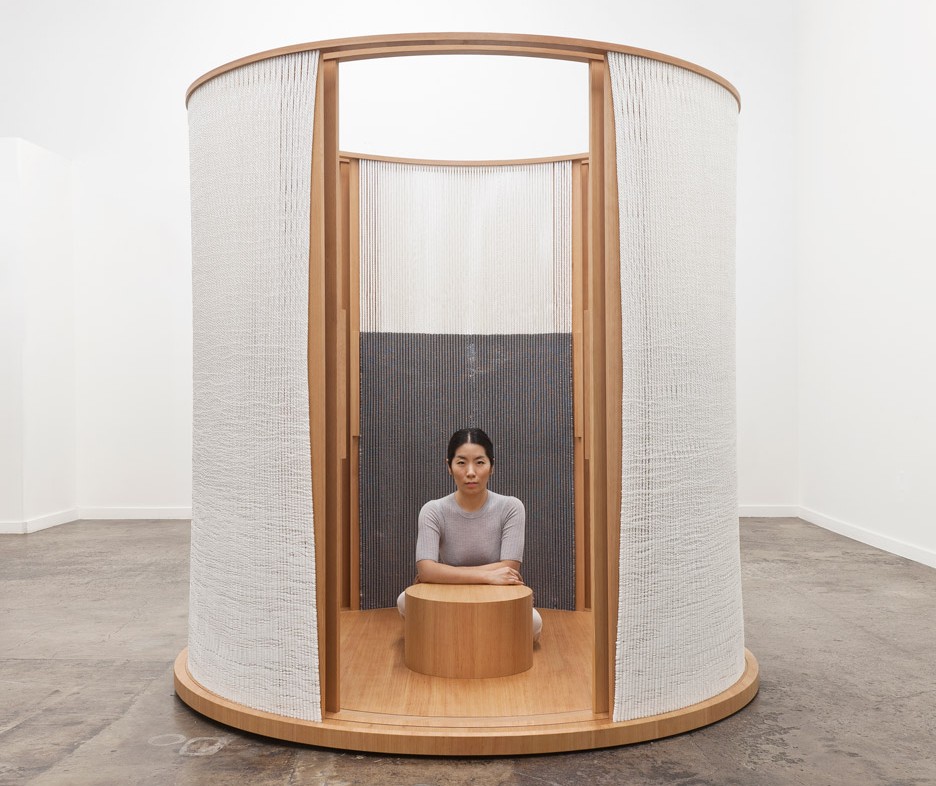
The show takes its name from the futuristic General Electric pavilion created by Walt Disney for the 1964 World's Fair. A scale model of the domed structure is included in the exhibition.
Just inside the entrance to the gallery, located underneath the High Line park, sits a cylindrical wooden tea house by Mimi Jung. Commissioned for the exhibition, the meditation space represents an environment that stimulates ideas.
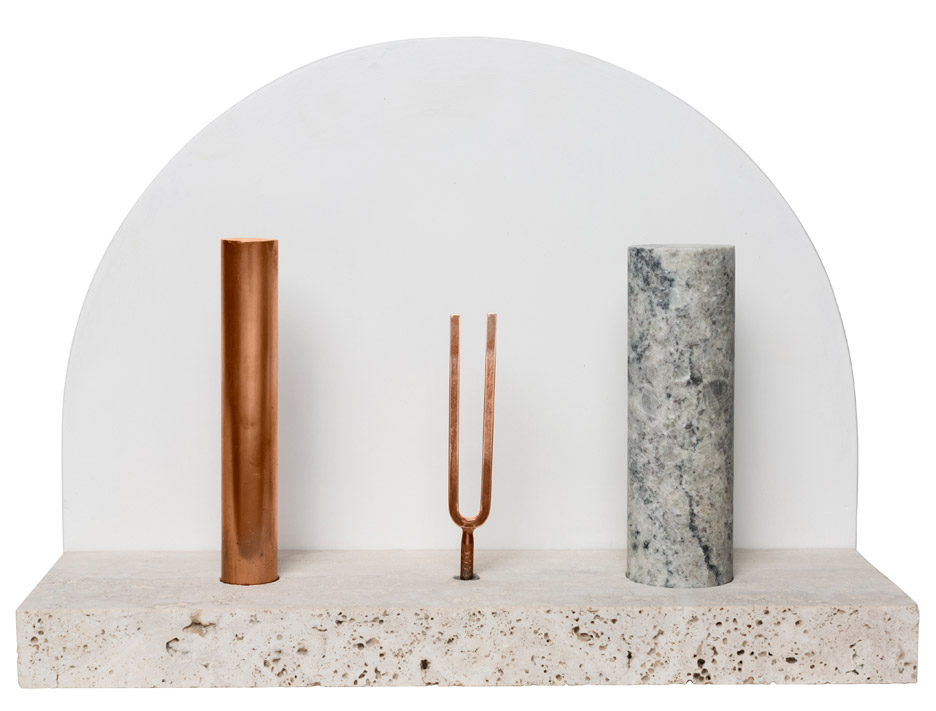
The exhibition then unfolds along a narrative that begins with humankind's earliest innovations. Examples of prehistoric tools are displayed on a shelf next to sets of copper instruments and carved stone pieces by Studiopepe.
Below, wooden stools by ArandaLasch were carved using traditional techniques in Gabon.
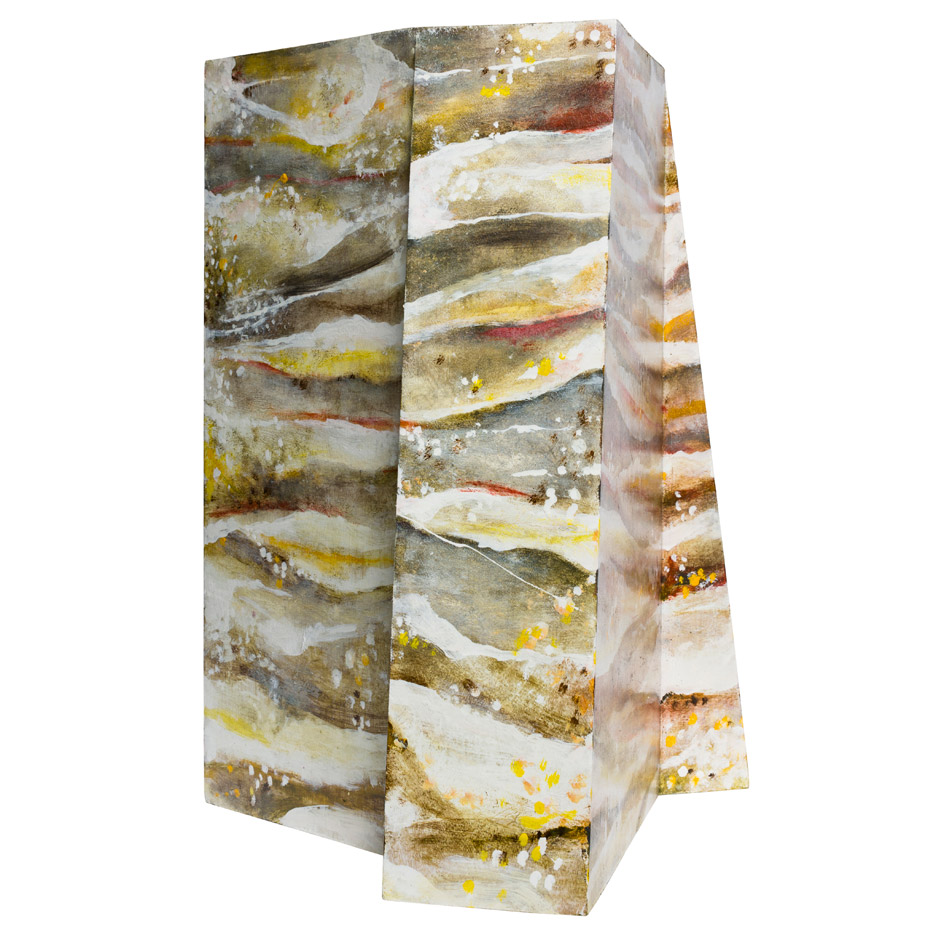
In the gallery's main space, the layout is designed to echo the arrangement of items in Zuckerman's previous exhibition.
"It's very important for me when we do these shows to create conversations between objects that are non-verbal," said Zuckerman.
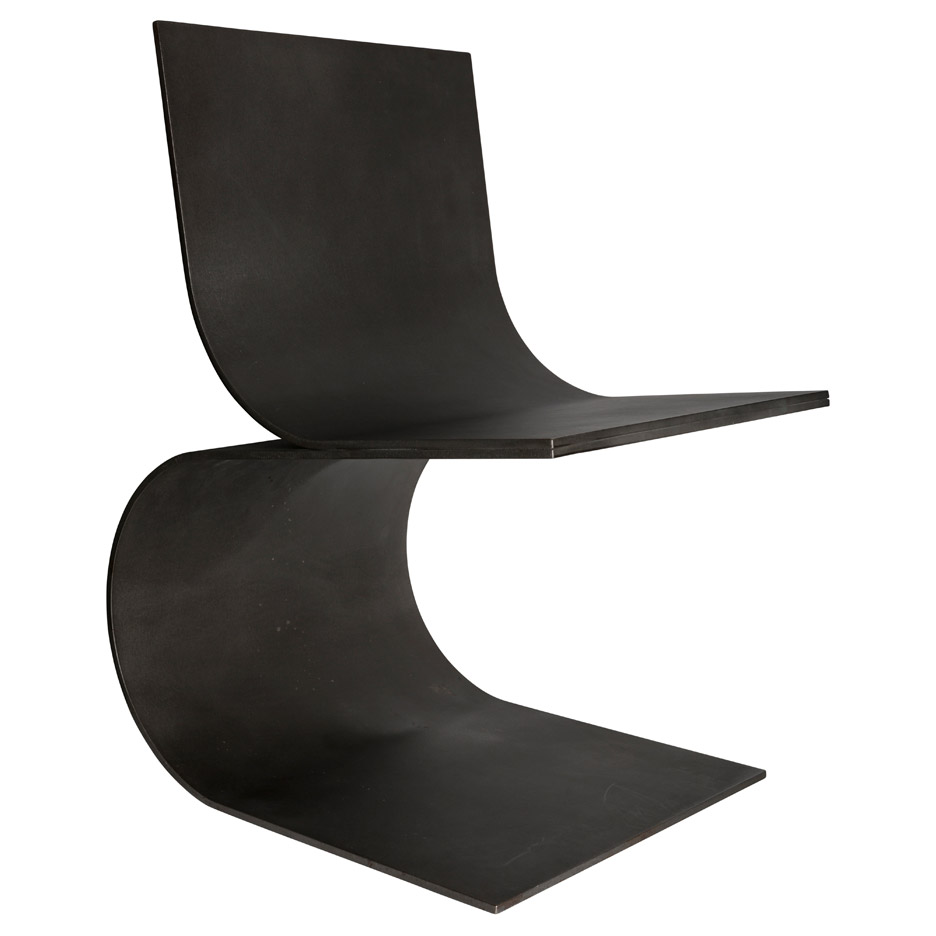
At the end of a central plinth, a pair of folded steel chairs by sculptor Scott Burton face each other to evoke this idea. Other items on show were also chosen to represent collaboration and laid out to loosely represent the layers of our planet.
In the middle of the plinth, a textured rug by Alexandra Kehayoglou is designed to look like the arctic landscape. A photograph of a plane mounted on the wall behind represents the sky, and a chandelier shaped like the International Space Station hangs from the ceiling to symbolise space.
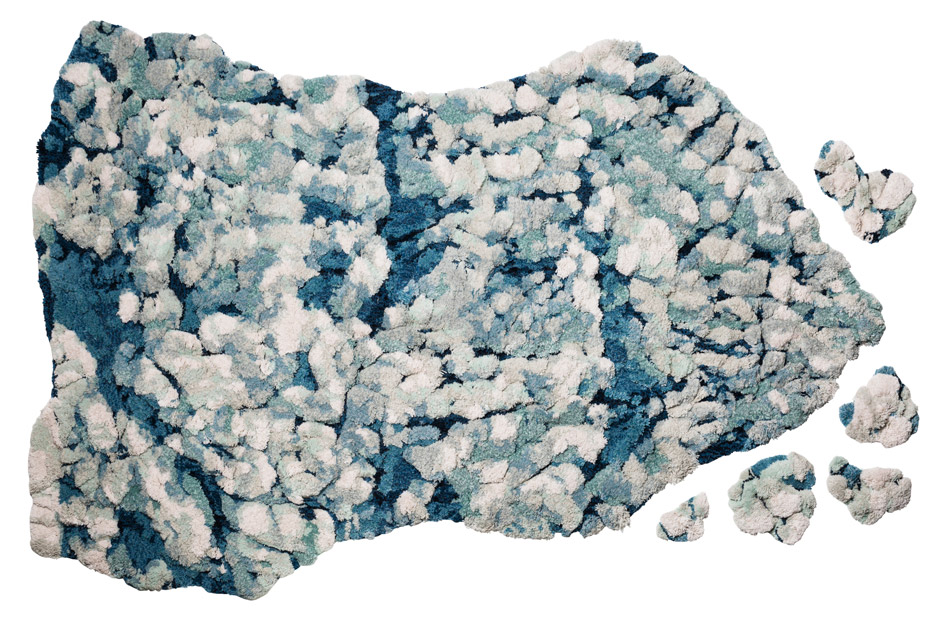
Zuckerman commissioned Brooklyn designer Bec Brittain to create the lighting fixture, which combines different types of metalworking and finishes of glass.
"Being able to create a light that's a spaceship was a fun brief," Brittain told Dezeen. "I wanted to recreate that feeling of assemblage. The different finishes are my nod to how the ISS is a cooperation between agencies."
In the corner, another lighting design by Nao Tamura comprises a LED on the end of a string, which produces rippled patterns when it shines through a droplet-shaped glass bowl.
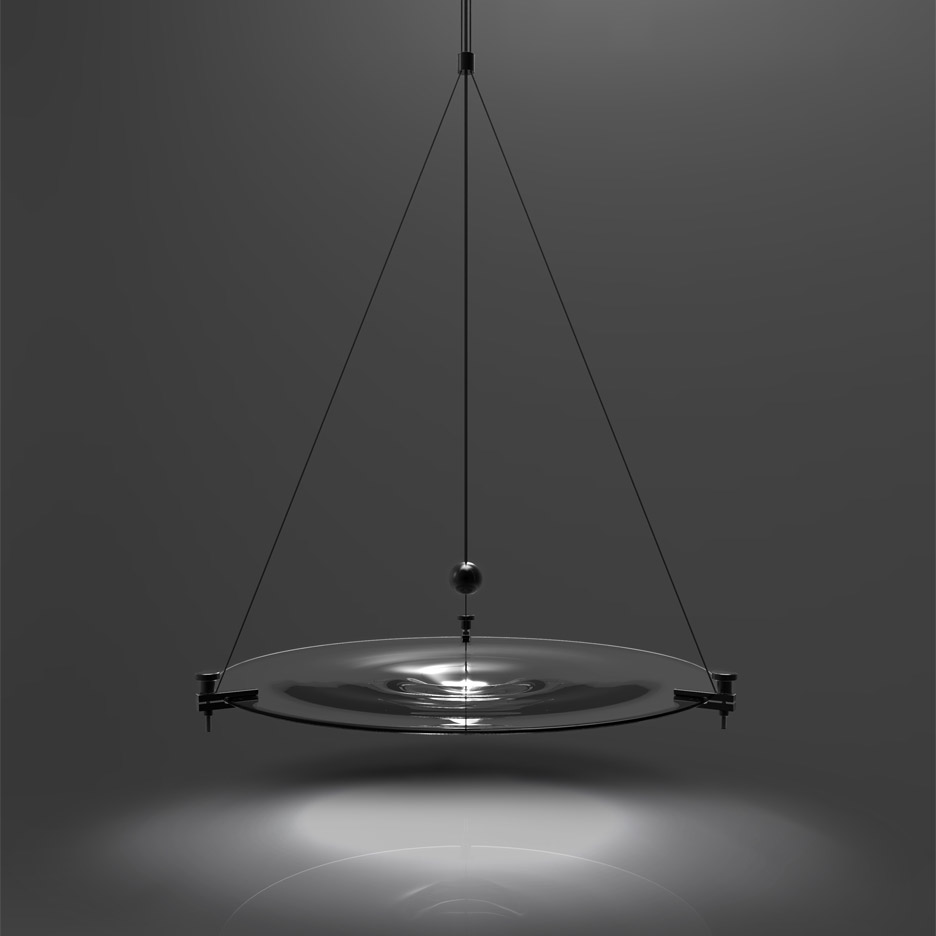
Zuckerman also included a series of pieces come from the 1960s space programme, like photographs of the surface on the moon and a model of the Russian Luna-9 spacecraft that took the images. Two space gloves – a Soviet-era item and a new prototype – also sit near to each other.
Konstantin Grcic's 360 chair, used as a prop in sci-fi film Prometheus, is positioned next to a roll-top desk by Ian Stell.
Designs by Peter Marigold, Tomáš Libertiny, Marlène Huissoud and Tadeáš Podracký are among other items on display.
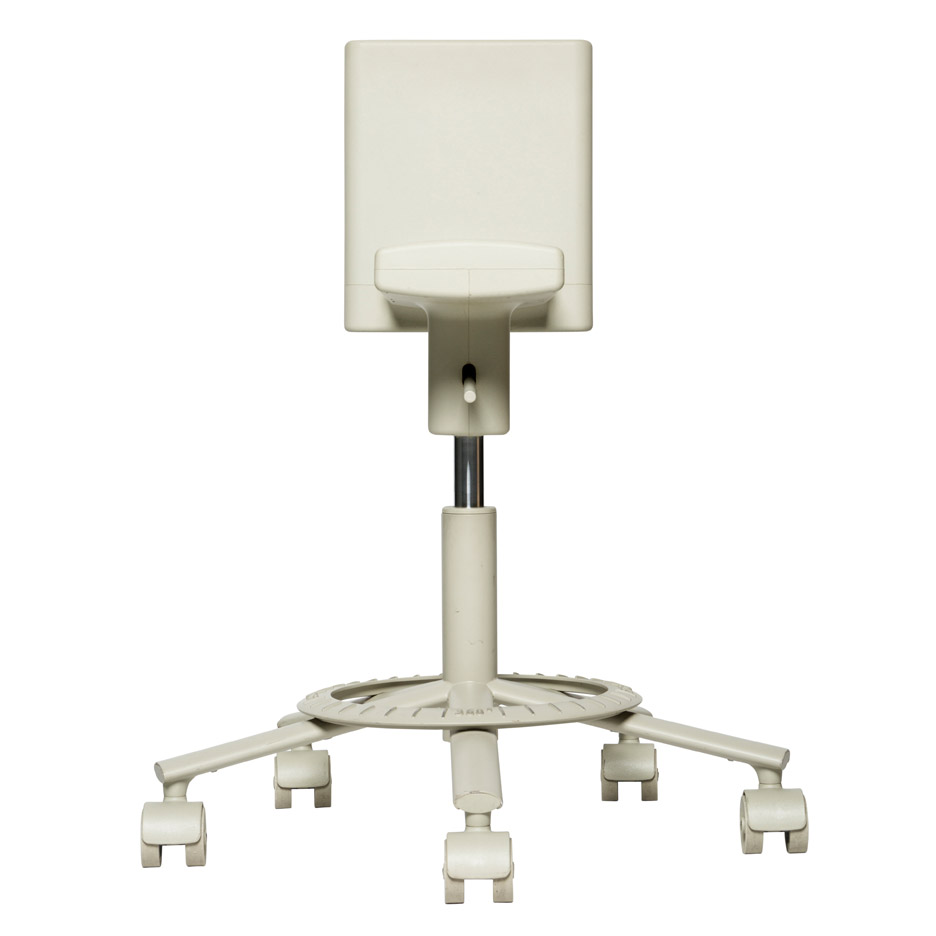
"All of the objects in Progressland reflect that kind of thrilling leap into the uncharted," said Zuckerman. "The show is about the spirit that drives progress and the inquisitive minds that practice in this space."
Progressland runs until the end of August 2016 at Chamber, 515 West 23rd Street, Manhattan.
The gallery has hosted a variety of exhibitions since it opened in 2014. These include a presentation that paired unrelated design collections, a display of cube-themed objects and sculptures, and a solo show of work by Japanese botanical artist Makoto Azuma.
Photography is by Guang Xu.